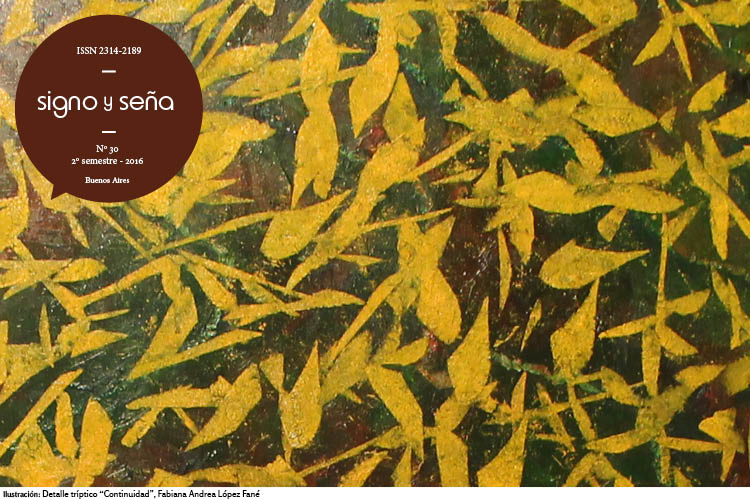A variação entre o pretérito perfeito simples e o pretérito perfeito composto no espanhol argentino
Keywords:
perfect preterite, linguistic variation, Argentinian newspapers
Abstract
In this article, we discuss the linguistic variation between the Simple Perfect Preterite (SPP) and the Compound Perfect Preterite (CPP) in the encoding of the past in relation to the time of speech. Our research is based on the theory of variation and change (Labov 1972, 1994, 2001) and the considerations by Donni of Mirande (1992), Lopez (1994), Gutiérrez Araus (1997), Fontanella de Weinberg (2004), Aleza Izquierdo and Enguita Utrilla (2010) and Jara Yunpaqui (2013), about the uses and values of these tenses. Our data were obtained through the selection of regional newspapers in Argentina from May 29, 2015 to June 2, 2015, chosen in accordance with the Fontanella de Weinberg (2004) proposal of dialectal division of Argentine Spanish. We obtained a total of 259 data, of which 241 contain SPP (93.1%) and 18 contain CPP (6.9%). We found that pre-hodierno time counters and dynamic verbs call for the use of the simple form, while static verbs and hodierno markers call for the use of the compound form. Regarding modalizers, we found out that certitude markers call for the use of SPP and uncertainty markers call for the use of CPP.Downloads
Download data is not yet available.
How to Cite
Feliciano Duarte, D. K., Coan, M., & Pontes, V. de O. (1). A variação entre o pretérito perfeito simples e o pretérito perfeito composto no espanhol argentino. Signo & Seña, (30), 91-107. https://doi.org/10.34096/sys.n30.3039
Issue
Section
Articles
- Authors keep the copyright and give the journal the right of the first publication, with the work registered with the Creative Commons Attribution-ShareAlike 4.0 International License, which allows third parties to use what is published whenever they mention the authorship of the work and the first publication in this magazine.
- Authors can make other independent and additional contractual agreements for the non-exclusive distribution of the article published in this journal (eg, include it in an institutional repository or publish it in a book) as long as they clearly indicate that the work It was published for the first time in this magazine.
- Authors are allowed and recommended to publish their work on the Internet (for example on institutional or personal pages).

















